The Importance of Having a Family Emergency Plan
In today's unpredictable world, having a family emergency plan is not just a good idea; it's a necessity. Imagine waking up one day to find that a natural disaster is looming, or a medical emergency strikes your loved one. How would you respond? Would everyone know what to do? Having a well-thought-out emergency plan can make all the difference in ensuring the safety and well-being of your family during a crisis. It’s like having a safety net that you can rely on when the unexpected happens.
Establishing a family emergency plan is about more than just preparing for the worst; it’s about fostering a sense of security and confidence within your household. When everyone knows their roles and responsibilities, it reduces panic and chaos. Think of it this way: just like a well-rehearsed play where each actor knows their lines and cues, a family that practices their emergency plan is ready to face any scenario with poise and efficiency.
Moreover, a family emergency plan is not a one-size-fits-all solution. Each family is unique, with different needs, locations, and potential risks. Therefore, it's crucial to tailor your plan to fit your specific circumstances. This might involve identifying the most likely emergencies your family could face, such as natural disasters like hurricanes or earthquakes, medical emergencies, or even home-related incidents like fires. By understanding these risks, you can create a more effective and personalized emergency plan.
A comprehensive family emergency plan should include several key components:
- Communication Strategies: How will you contact each other during an emergency? Will you rely on phone calls, texts, or social media?
- Evacuation Routes: Where will you go if you need to leave your home? Having clear routes mapped out is essential.
- Emergency Supplies: What items do you need to have on hand? A well-stocked emergency kit can be a lifesaver.
- Designated Meeting Points: Where will your family meet if you get separated? Having a safe, accessible location is crucial.
Ultimately, a family emergency plan empowers you and your loved ones. It transforms fear into preparedness, uncertainty into confidence. So, as you think about your family's safety, ask yourself: are you ready? If not, it’s time to start planning. Your family's peace of mind is worth every moment spent preparing.
Q1: What should I include in my family emergency plan?
A1: Your family emergency plan should include communication strategies, evacuation routes, emergency supplies, and designated meeting points. Tailor these elements to your family's unique needs.
Q2: How often should we practice our emergency plan?
A2: It's recommended to practice your emergency plan at least twice a year. This helps ensure everyone remembers their roles and responsibilities.
Q3: What are some essential items for an emergency supplies kit?
A3: An emergency supplies kit should include water, non-perishable food, a flashlight, batteries, a first aid kit, and any necessary medications. You can find a more comprehensive checklist online.
Q4: How can technology help during emergencies?
A4: Technology can facilitate communication through apps and tools that allow families to stay connected. Consider using messaging apps, social media, or emergency alert systems to keep everyone informed.
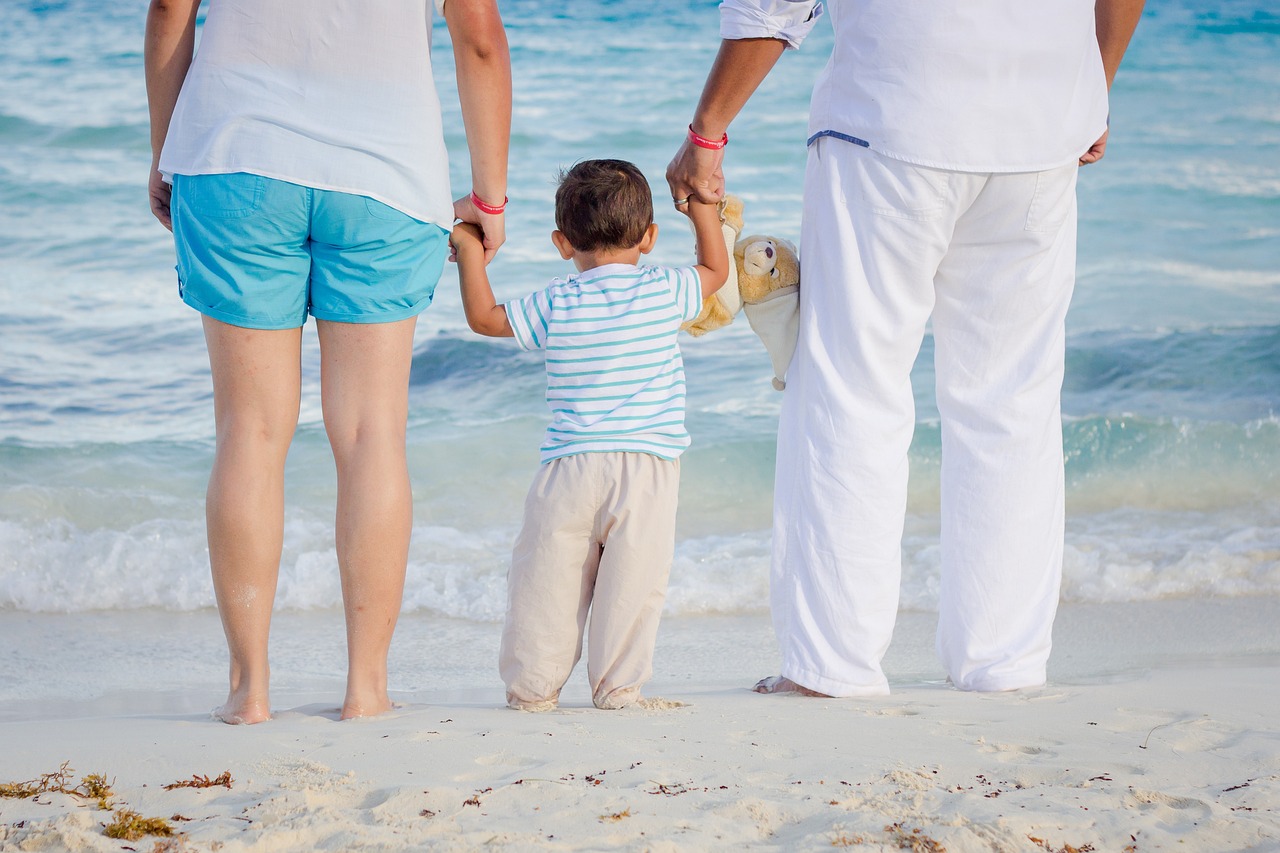
Understanding Family Emergency Plans
A family emergency plan is not just a piece of paper; it’s a lifeline that can save your loved ones in times of crisis. Imagine a scenario where a sudden disaster strikes—how would your family respond? Would everyone know their roles? A well-structured emergency plan ensures that each member of the family is on the same page, ready to act swiftly and efficiently. This plan should be tailored to your family's unique needs and circumstances, taking into account the ages of children, the mobility of elderly members, and even the pets that are part of your family unit.
Creating a family emergency plan involves several key components. First, you need to identify potential emergencies that could impact your area, such as natural disasters, medical emergencies, or even man-made crises. Next, establish clear communication strategies and designate a meeting point where everyone can gather after an emergency. This is crucial because in the chaos of a crisis, knowing where to go can alleviate a lot of stress and confusion.
Moreover, it’s essential to practice your plan regularly. Just like a fire drill in school, rehearsing your family emergency plan helps everyone understand what to do when the time comes. You wouldn’t want to be fumbling around during a real emergency, right? Set aside time to discuss the plan with your family, conduct drills, and make adjustments as necessary. This proactive approach not only reinforces the importance of the plan but also builds confidence among family members.
Here’s a quick breakdown of what your family emergency plan should include:
- Contact Information: Ensure that all family members have a list of important contacts, including relatives, emergency services, and neighbors.
- Emergency Procedures: Clearly outline the steps to take during various emergencies, whether it's a fire, earthquake, or medical issue.
- Evacuation Routes: Map out safe routes to evacuate your home and community.
- Emergency Kit: Maintain a well-stocked emergency kit that includes food, water, first aid supplies, and other essentials.
In summary, a family emergency plan is an invaluable tool that prepares your family for the unexpected. It’s not just about having a plan; it’s about fostering a culture of safety and preparedness within your household. By taking the time to understand and implement an effective emergency plan, you’re not only protecting your loved ones but also empowering them to act decisively when it matters most.
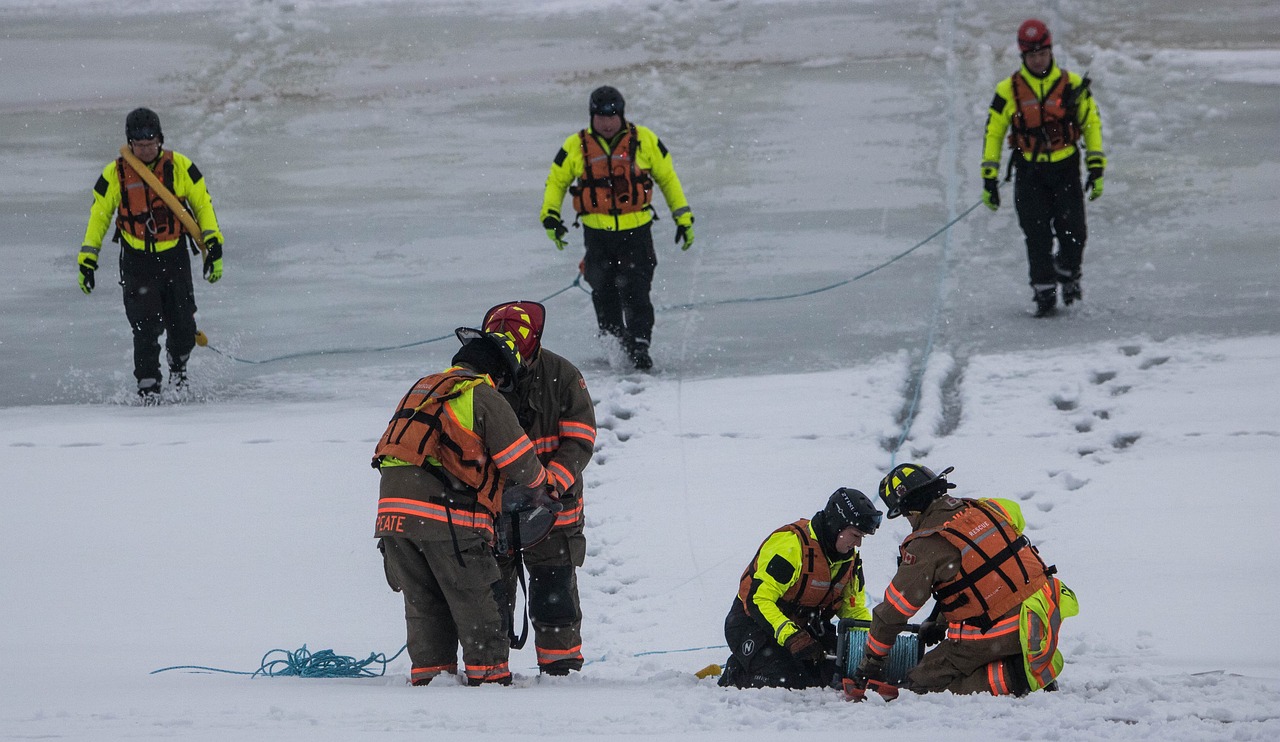
Identifying Potential Emergencies
When it comes to protecting your family, one of the most crucial steps is that could disrupt your lives. Imagine waking up to a loud siren, or the ground shaking beneath your feet; these scenarios are not just scenes from a movie, they can happen in real life. By understanding the types of emergencies that could impact your family, you can take proactive measures to prepare and respond effectively. Emergencies can be categorized into several types, including natural disasters, medical emergencies, and other unforeseen events.
Starting with natural disasters, these are perhaps the most unpredictable of all emergencies. Events like hurricanes, earthquakes, and floods can occur with little to no warning, leaving families scrambling to find safety. For example, a hurricane can develop rapidly, and if you're not prepared, you could find yourself without a plan or supplies. It's essential to know the risks in your area—whether it's tornadoes in the Midwest or wildfires in California—so you can tailor your emergency plan accordingly.
Next, let’s talk about medical emergencies. These situations can arise at any moment, whether it’s a sudden illness, an allergic reaction, or a more severe incident like a heart attack. Having a plan in place means knowing how to react quickly and effectively. Do you have a first aid kit readily accessible? Are you familiar with basic first aid procedures? These are critical questions that can make a difference when time is of the essence.
Moreover, there are other unforeseen events that can disrupt daily life. This could range from power outages to accidents at home. While these might not seem as severe as natural disasters or medical emergencies, they can still pose significant risks to your family’s safety and well-being. For instance, a power outage during a winter storm can leave you without heat, making it essential to have a plan for such situations. To summarize, being aware of the different types of emergencies that could affect your family is the first step in crafting a robust emergency plan.
In conclusion, the key to effective emergency preparedness lies in awareness and planning. By identifying potential emergencies—natural disasters, medical crises, and other unexpected events—you can create a comprehensive family emergency plan. This plan will not only help you navigate through tough times but also ensure that your family feels secure and ready for whatever life throws their way.

Natural Disasters
Natural disasters can strike without warning, turning a peaceful day into a chaotic scramble for safety. Whether it's a hurricane howling outside your window, an earthquake shaking the ground beneath you, or a flood rising rapidly, the impact of these events can be devastating. The reality is that we often think, "It won't happen to me," but the truth is, it can—and it does. That’s why being prepared is not just a good idea; it’s essential for the safety and well-being of your family.
When considering natural disasters, it’s important to understand the specific risks that your region faces. For instance, if you live in a coastal area, hurricanes might be a significant concern. In contrast, those living in the Midwest might need to prepare for tornadoes or severe storms. Each type of disaster requires a tailored approach to readiness, but there are some universal steps every family should take. Let’s take a closer look at a few critical components of your emergency plan.
One of the most crucial aspects of your family emergency plan is developing a clear evacuation route. Think of it as your family's escape plan, a roadmap to safety when chaos reigns. To create an effective evacuation route, consider the following:
- Identify Safe Locations: Determine where you would go in case of an emergency, such as a friend or family member’s house, or a designated shelter.
- Map Out Routes: Use maps to plot the safest routes to your chosen locations, considering potential hazards like blocked roads or flooded areas.
- Practice Regularly: Just like a fire drill at school, practice your evacuation plan with your family to ensure everyone knows what to do and where to go.
Regular practice not only helps everyone remember the plan but also builds confidence in your ability to respond effectively during an actual emergency. It’s like training for a marathon; the more you prepare, the better you perform when the time comes.
Another essential part of being ready for natural disasters is having a well-stocked emergency kit. Imagine being caught in a storm with no access to food, water, or medical supplies. To avoid such a nightmare, prepare a comprehensive emergency supplies checklist. Here’s a basic list of items to include:
| Item | Purpose |
|---|---|
| Water | At least one gallon per person per day for three days |
| Non-perishable Food | Enough for at least three days |
| First Aid Kit | To treat minor injuries and ailments |
| Flashlight and Batteries | For light during power outages |
| Whistle | To signal for help |
| Multi-tool or Knife | For various tasks and emergencies |
Keep your emergency kit in a location that is easily accessible and ensure that all family members know where it is. Regularly check and replenish supplies, especially food and water, to ensure everything is up to date. Think of your emergency kit as your family’s lifeline during a disaster; having it ready can make all the difference.
In conclusion, while we can’t predict when a natural disaster will strike, we can certainly prepare for it. By creating a solid evacuation route and maintaining a well-stocked emergency kit, you’re not just preparing for the worst; you’re giving your family peace of mind. After all, in the face of nature’s fury, being prepared is your best defense.
Q: How often should I review my family emergency plan?
A: It's a good idea to review your emergency plan at least once a year, or whenever you have significant changes in your family dynamics or living situation.
Q: What should I do if my family is separated during a disaster?
A: Establish a communication strategy and a designated meeting point where everyone can regroup after the emergency.
Q: How can I ensure my pets are safe during a disaster?
A: Include your pets in your emergency planning by having a separate emergency kit for them and identifying pet-friendly shelters.

Creating an Evacuation Route
When it comes to emergencies, having a well-thought-out evacuation route can be the difference between chaos and calm. Imagine your family in a situation where every second counts; knowing exactly where to go can save lives. The first step is to identify the safest exits from your home and any other places you frequent, such as your workplace or your child's school. It’s crucial to map out these routes in advance and ensure that everyone in the family is familiar with them. You wouldn’t want to be fumbling around in the dark, right?
Next, consider the surroundings. Are there any obstacles that could hinder your escape? This could include construction sites, traffic congestion, or even natural barriers like rivers. By anticipating these challenges, you can choose alternative routes that might be less obvious but safer. For instance, if a main road is blocked, knowing a back road can be a lifesaver. Additionally, it’s wise to practice these routes regularly. Just like a fire drill at school, rehearsing your family’s evacuation plan can help everyone feel more confident when the time comes.
Another important aspect is to have a designated meeting point outside of your home. This should be a location that is easy for everyone to remember and accessible. Whether it’s the neighbor’s yard, a nearby park, or a local landmark, having a specific place to regroup can alleviate panic and ensure that everyone is accounted for. You can also create a visual map to hang in your home, showing the evacuation routes and the meeting point. This serves as a quick reference and a reminder of what to do in case of an emergency.
To further enhance your evacuation plan, consider the following elements:
- Transportation: If you have a car, ensure it’s fueled and ready to go. In case of an evacuation, you don’t want to waste precious time looking for gas.
- Emergency Contacts: Keep a list of emergency contacts handy, including local authorities, family members, and friends who can assist.
- Pets: Don’t forget about your furry family members. Make sure you have a plan for their evacuation as well.
In summary, creating an effective evacuation route is not just about having an exit plan—it's about being prepared for the unexpected. By taking the time to map out your routes, practice them, and keep everyone informed, you can transform a potentially chaotic situation into a manageable one. Remember, preparation is key, and when it comes to your family’s safety, there’s no such thing as being too prepared!
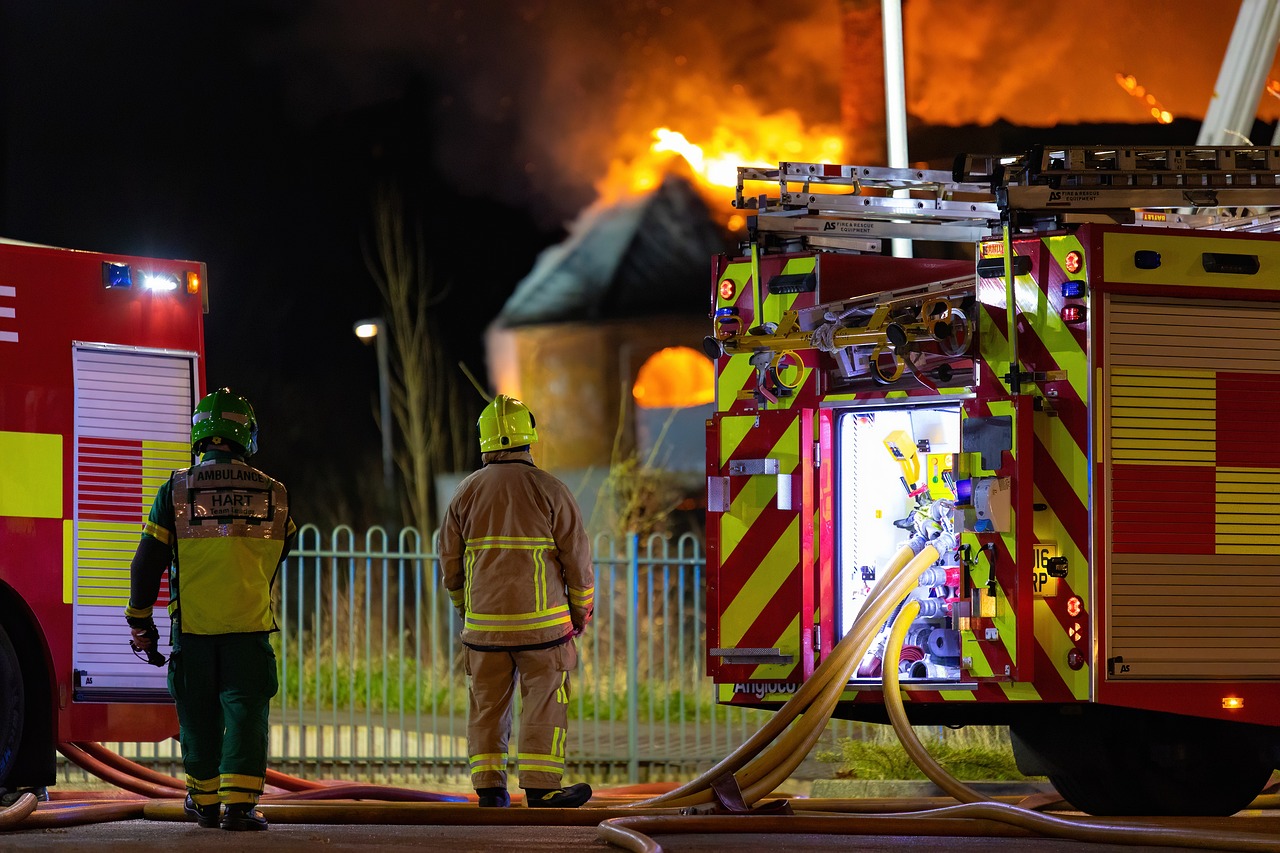
Emergency Supplies Checklist
When it comes to emergencies, being prepared can make all the difference. Imagine facing an unexpected crisis, like a natural disaster or a medical emergency, and realizing you don't have the essentials at hand. That feeling of panic can be overwhelming, but with a well-thought-out , you can alleviate some of that stress. This checklist serves as a roadmap to ensure that your family is equipped with everything necessary to navigate through tough times.
First and foremost, it's essential to have a sturdy emergency kit ready to go. This kit should be easily accessible and stored in a location known to all family members. Here’s a quick breakdown of some key items to include:
- Water: At least one gallon per person per day for at least three days, for drinking and sanitation.
- Non-perishable food: A three-day supply of food that requires no cooking or refrigeration, such as canned goods, energy bars, and dried fruits.
- First aid kit: A comprehensive kit that includes bandages, antiseptic wipes, adhesive tape, and any necessary prescription medications.
- Flashlight: A reliable flashlight with extra batteries to navigate in the dark.
- Multi-tool or Swiss Army knife: Versatile tools can be invaluable in various situations.
- Whistle: To signal for help if needed.
- Dust masks: To help filter contaminated air and plastic sheeting and duct tape to shelter in place.
Additionally, don't forget to include important documents in your emergency plan. Keep copies of your family's identification, insurance policies, and medical records in a waterproof bag. This can save precious time and prevent stress if you need to evacuate quickly.
Another crucial aspect of your emergency supplies checklist is ensuring that you have items tailored to your family's unique needs. For instance, if you have infants, include baby formula, diapers, and bottles. If anyone in your household has specific medical requirements or disabilities, consider their needs as well. This personalized approach not only enhances your preparedness but also provides peace of mind.
It's also wise to regularly review and update your emergency kit. Check the expiration dates on food and medications, and rotate supplies as needed. It’s like keeping your car in good shape; regular maintenance ensures it runs smoothly when you need it most.
In conclusion, having a robust emergency supplies checklist is more than just a precaution; it's a lifeline during crises. By taking the time to prepare, you not only safeguard your family’s well-being but also create a sense of security that can be invaluable in times of uncertainty.
Q: How often should I check my emergency supplies?
A: It's recommended to review your emergency supplies at least twice a year. This ensures that all items are up to date and in good condition.
Q: What should I do if I have special dietary needs?
A: Make sure to include food items that cater to your dietary restrictions in your emergency kit. Always have a few extra supplies on hand that meet those needs.
Q: How can I involve my children in the emergency preparedness process?
A: Involve your kids by having them help pack the emergency kit and explaining the importance of each item. This can empower them and make them feel more secure.
Q: Where should I store my emergency kit?
A: Store your emergency kit in a cool, dry place that is easily accessible to all family members. Consider keeping it in a designated area, such as a closet or garage.
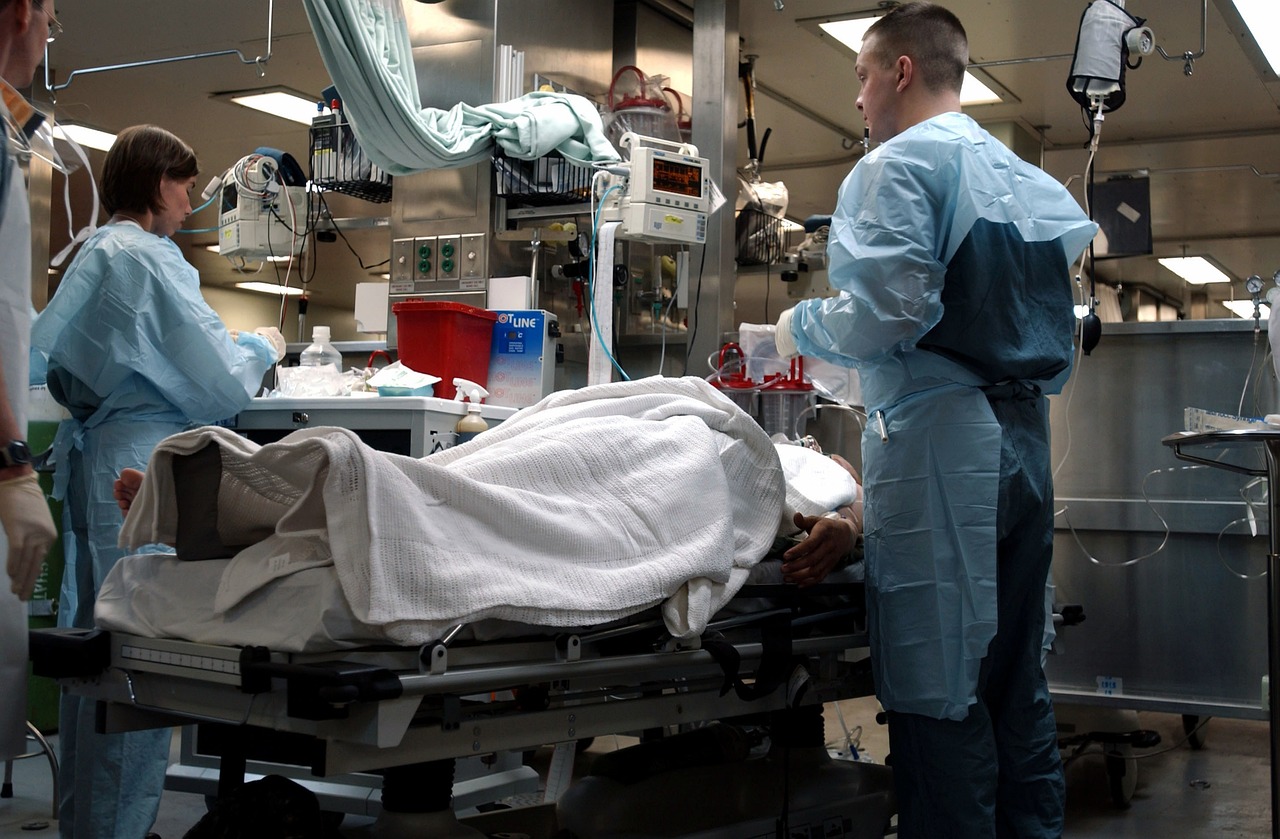
Medical Emergencies
When it comes to family safety, can be some of the most daunting situations to face. Whether it's a sudden illness, an accident, or a chronic condition flaring up, being prepared can make all the difference. Imagine receiving a frantic call that a loved one has collapsed or is experiencing severe pain. In that moment, the last thing you want is to scramble for information or supplies. That's why having a robust plan in place is not just smart—it's essential.
One of the first steps in preparing for medical emergencies is to ensure that your family has a well-stocked first aid kit. This kit should not only contain the basics like band-aids and antiseptic wipes but also more specialized items depending on your family's health needs. For example, if someone in your family has allergies, make sure to include an epinephrine auto-injector. A comprehensive checklist can help you keep track of what to include. Here’s a simple table to guide you:
| Item | Purpose |
|---|---|
| Adhesive Bandages | For minor cuts and scrapes |
| Antiseptic Wipes | To clean wounds |
| Gauze Pads | For larger wounds |
| Medical Tape | To secure gauze and dressings |
| Scissors | For cutting tape, gauze, or clothing |
| Thermometer | To check for fever |
| Prescription Medications | For chronic conditions |
But having supplies is only half the battle. You also need to know basic medical procedures that could save a life. For instance, understanding how to perform CPR can be critical in emergencies involving cardiac arrest. Taking a first aid and CPR course is a great way to empower yourself and your family. Not only will you learn how to handle various medical situations, but you'll also gain confidence in your ability to act quickly and effectively.
In addition to physical preparedness, communication plays a vital role during medical emergencies. It’s crucial to have a list of emergency contacts readily available, including family members, friends, and healthcare providers. Consider keeping this list in a visible location, such as on the fridge or in your emergency kit. You might also want to program important numbers into your phone for quick access.
Lastly, don’t forget about the emotional side of medical emergencies. They can be incredibly stressful, and having a plan can help alleviate some of that anxiety. Talk to your family about what to expect during a medical crisis and encourage open discussions about fears and concerns. This can help everyone feel more prepared and less overwhelmed when the time comes.

Communication Strategies
When emergencies strike, the ability to communicate effectively can make all the difference. Imagine being in a chaotic situation where you can't find your loved ones, and panic sets in. That's why having a solid communication strategy is essential for every family. It's not just about shouting names across a crowded space; it’s about having a well-thought-out plan that ensures everyone knows how to reach out and connect when it matters most.
First and foremost, establishing a family meeting point is crucial. This designated spot acts as a safe haven where all family members can regroup after an emergency. Think of it as your family's lighthouse in a stormy sea—a beacon guiding you back together. When choosing a meeting point, consider factors such as accessibility, safety, and distance from your home. It should be a location that everyone can easily remember and get to, even under stress. Popular choices include a neighbor's house, a nearby park, or a community center.
Next, let’s talk about the power of technology in crisis communication. In today’s digital age, we have an array of tools at our fingertips that can help keep families connected. For instance, consider using group messaging apps like WhatsApp or Telegram. These platforms allow you to create a dedicated group where family members can share updates, locations, and safety checks in real-time. It's like having a virtual lifeline that keeps everyone in the loop, no matter where they are.
Additionally, it’s wise to have a backup plan for when technology fails. During emergencies, cell networks can become overloaded, making it difficult to make calls or send texts. In such cases, consider using social media platforms or even email to communicate. Setting up a family social media group can be a great way to share information quickly. Remember, the goal is to have multiple communication channels available, so you're not left stranded if one method fails.
Moreover, it’s essential to educate all family members about the communication plan. Regularly practice your strategies through drills. This not only reinforces the plan but also helps everyone feel more confident and prepared. You can simulate different scenarios—like a fire drill or a severe weather warning—to see how well your family can execute the communication strategies in place. The more familiar everyone is with the plan, the smoother the execution will be in a real emergency.
To summarize, effective communication during emergencies involves:
- Establishing a clear family meeting point.
- Utilizing technology like group messaging apps.
- Having backup communication methods.
- Regularly practicing the plan with all family members.
By implementing these strategies, you can ensure that your family stays connected and coordinated, even in the most challenging situations. Remember, when every second counts, having a clear communication strategy can be a lifesaver.
| Question | Answer |
|---|---|
| What is a family emergency plan? | A family emergency plan outlines how family members will respond to various emergencies, detailing roles and responsibilities. |
| Why is a meeting point important? | A meeting point helps family members reunite after an emergency, ensuring everyone knows where to go. |
| How can technology help during emergencies? | Technology facilitates communication through apps and social media, allowing for quick updates and coordination. |
| Should we practice our emergency plan? | Yes! Regular practice helps everyone understand their roles and builds confidence in executing the plan during a crisis. |
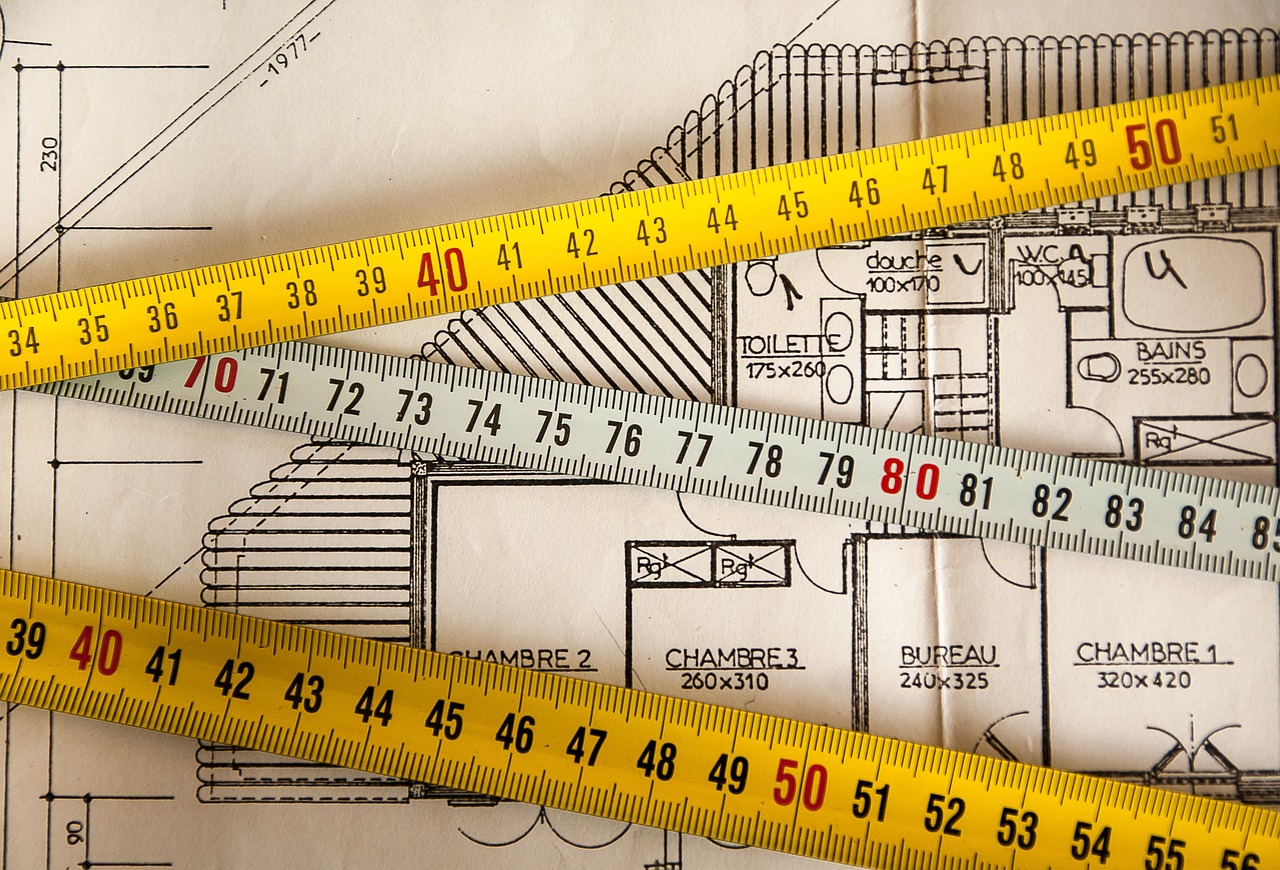
Establishing a Family Meeting Point
When disaster strikes, the chaos that ensues can be overwhelming. One of the most effective ways to combat this chaos is by establishing a family meeting point. This designated location serves as a beacon of safety, a place where all family members can regroup after an emergency. Imagine the relief of knowing that in the midst of uncertainty, there’s a specific spot where you can find your loved ones. It’s like having a lighthouse guiding you through a stormy sea.
Choosing the right meeting point is crucial. It should be a location that is easily accessible and safe, away from potential hazards. Consider places like:
- Local Park: A nearby park can be an ideal spot, as it is often open and familiar to everyone.
- Community Center: This can serve as a safe haven, especially if it’s equipped to handle emergencies.
- Friend or Relative’s House: Having a trusted location outside of your immediate area can provide an additional layer of safety.
Once you’ve selected a meeting point, it’s essential to communicate this information to every family member. Ensure that everyone knows how to get there and what to do if they are separated during an emergency. This might involve practicing different scenarios, such as a fire drill or a severe weather warning. The more familiar everyone is with the plan, the more effective it will be.
Moreover, it’s important to consider the possibility that your family members may not be together when an emergency occurs. This is where technology can play a vital role. Encourage your family to have a communication plan in place, utilizing text messages or social media to update each other about their whereabouts. You can even use apps designed specifically for emergencies that allow family members to check in and share their locations.
In summary, establishing a family meeting point is a simple yet powerful step in preparing for emergencies. It creates a sense of security and unity, reminding everyone that no matter what happens, they have a plan and a place to find each other. So, take the time to discuss and choose your family meeting point today—because when the unexpected happens, every second counts.
Q: What should I do if my family members are not at home during an emergency?
A: If family members are not at home, they should head to the established meeting point. Ensure everyone is aware of the location and has a way to communicate their status.
Q: How often should we practice our emergency plan?
A: It’s recommended to practice your emergency plan at least twice a year. This helps everyone stay familiar with the procedures and ensures that they know what to do in case of an actual emergency.
Q: What if our meeting point is unsafe during an emergency?
A: It’s wise to have a backup meeting point. Discuss alternative locations with your family so that everyone knows where to go if the primary site is compromised.
Q: How can technology assist in our emergency plan?
A: Use communication apps that allow for location sharing and check-ins. Make sure everyone has the necessary apps installed and understands how to use them.
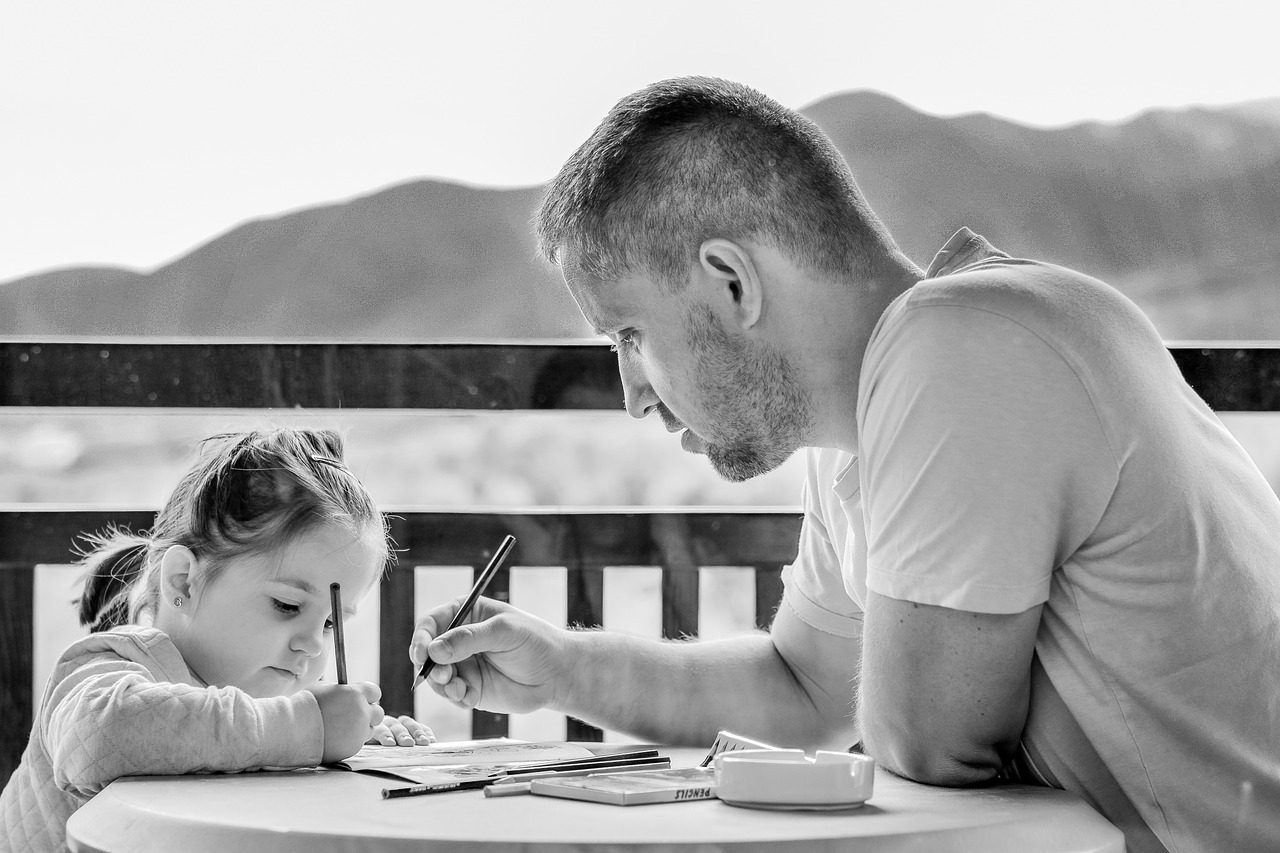
Using Technology for Communication
In today's fast-paced world, technology plays a pivotal role in how we communicate, especially during emergencies. Imagine a scenario where a natural disaster strikes, and you need to reach out to your loved ones. Wouldn't it be comforting to know that you have the right tools at your disposal to ensure everyone is safe and accounted for? Utilizing technology effectively can make a significant difference in managing emergencies and maintaining contact with family members.
One of the most effective ways to stay connected during a crisis is through mobile applications. There are various apps designed specifically for emergency situations that can help families coordinate their actions. For instance, apps like GroupMe or WhatsApp allow for group messaging, enabling family members to share updates instantly, regardless of their location. Additionally, platforms like Facebook have a 'Safety Check' feature that lets users mark themselves safe during disasters, which can be a powerful tool for reassurance.
Moreover, don't overlook traditional communication methods. In a situation where cell service might be disrupted, having a landline phone can be a lifesaver. It's also wise to consider two-way radios or walkie-talkies as a backup communication method, especially if your family lives in an area prone to natural disasters. These devices can provide an immediate way to connect without relying on cellular networks, which may be overloaded or non-functional during an emergency.
Equally important is the use of social media to disseminate information quickly. During emergencies, social media platforms can serve as real-time news sources. For example, you can follow local news stations or emergency management agencies on platforms like Twitter or Instagram to receive updates about the situation in your area. This can help your family make informed decisions about their safety and next steps.
Lastly, don't forget to establish a family communication plan that outlines how and when to use these technologies. Discuss with your family the preferred apps for communication and ensure everyone knows how to use them. Regularly practice this plan so that, when an emergency occurs, everyone is prepared and knows exactly what to do. By leveraging technology effectively, you can enhance your family's preparedness and ensure that communication remains seamless, even in the most challenging situations.
Q: What should I include in my family emergency communication plan?
A: Your communication plan should include contact information for all family members, a list of emergency contacts, preferred communication methods (like apps), and a designated meeting point. Make sure everyone is familiar with the plan and practices it regularly.
Q: Are there specific apps recommended for emergency communication?
A: Yes, some popular apps include GroupMe for group messaging, WhatsApp for instant communication, and Facebook's Safety Check feature for letting others know you're safe. Additionally, consider using emergency alert apps provided by local authorities.
Q: What if cell service is down during an emergency?
A: In such cases, having a landline phone or two-way radios can be beneficial. These alternatives can help maintain communication when mobile networks are unavailable.
Q: How often should I review and update my communication plan?
A: It's a good idea to review your communication plan at least once a year or whenever there are significant changes in your family structure or technology. Regular updates ensure that everyone is on the same page and prepared for emergencies.
Frequently Asked Questions
- What is a family emergency plan?
A family emergency plan is a detailed strategy that outlines how each family member should respond during various emergencies. It assigns roles and responsibilities, ensuring everyone knows what to do when a crisis strikes, much like a playbook for your family’s safety.
- Why is it important to identify potential emergencies?
Identifying potential emergencies helps families prepare for specific situations that could arise, such as natural disasters or medical crises. By understanding the risks, you can tailor your emergency plan and supplies accordingly, making it a bit like having a map before embarking on an adventure.
- How can we create an effective evacuation route?
To create an effective evacuation route, first identify the safest exits from your home and practice the route with your family. Make sure to consider alternative routes in case of roadblocks. Practicing this plan is crucial, as it ensures everyone can move quickly and calmly when it really matters.
- What should be included in an emergency supplies checklist?
Your emergency supplies checklist should include items like water, non-perishable food, a flashlight, batteries, first aid supplies, and personal documents. Think of it as packing a survival kit for a camping trip, but with everything you might need to weather a storm or handle an emergency.
- How can we ensure effective communication during an emergency?
Effective communication during emergencies can be ensured by establishing a family meeting point and using technology like messaging apps or emergency alert systems. It’s like having a lifeline that keeps everyone connected, even when the world feels chaotic.
- What role does technology play in family emergency plans?
Technology plays a significant role by providing tools for communication and information sharing. Apps can help track family members' locations and provide real-time updates, making it easier to coordinate during a crisis, similar to having a trusty compass in uncharted territory.
- How often should we review our family emergency plan?
It’s a good idea to review your family emergency plan at least once a year, or whenever there are significant changes in your family structure or living situation. This keeps everyone familiar with the plan, ensuring it remains effective, just like updating your wardrobe with the changing seasons.



















